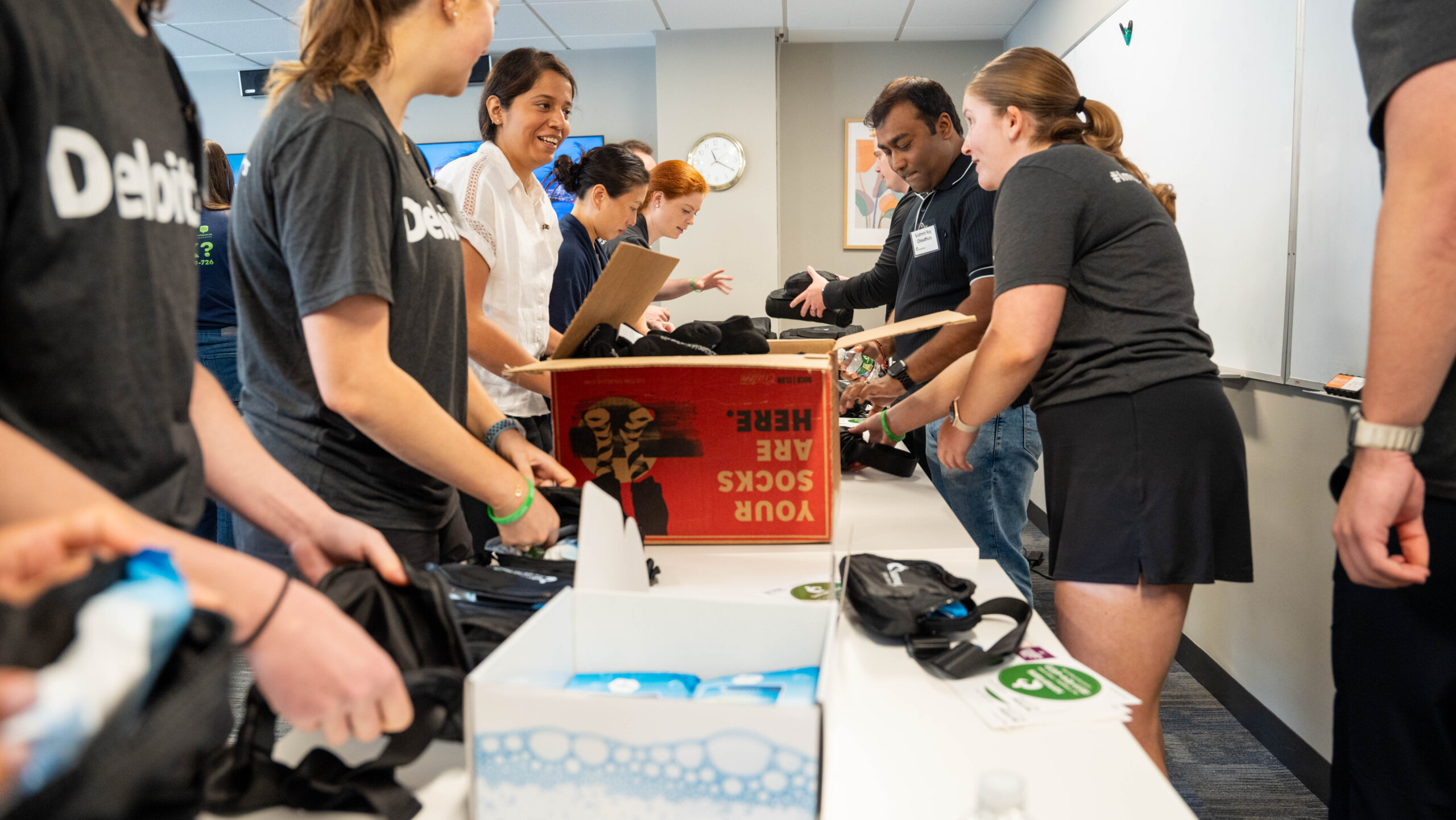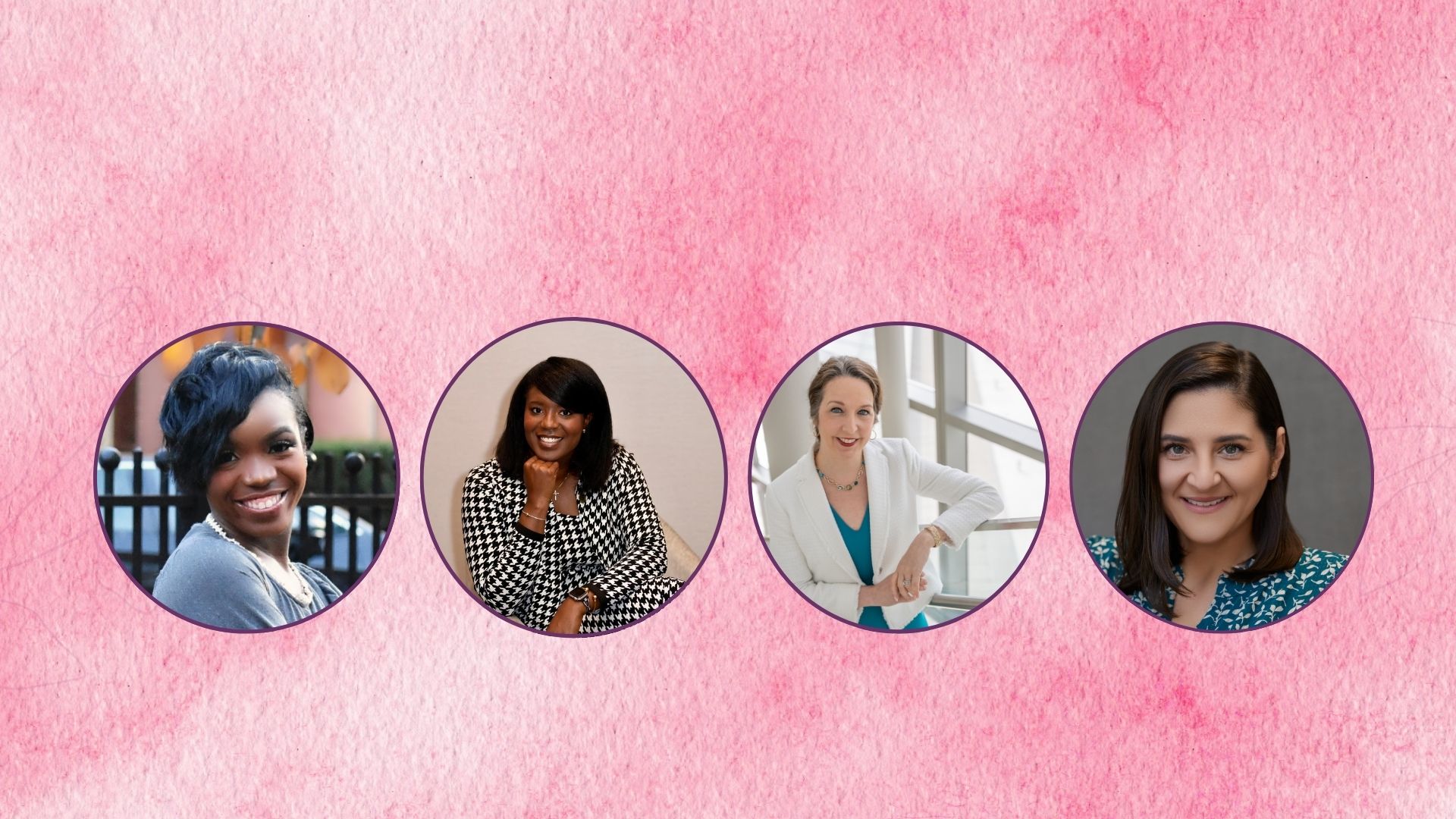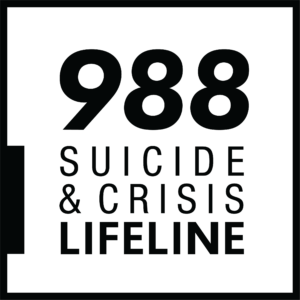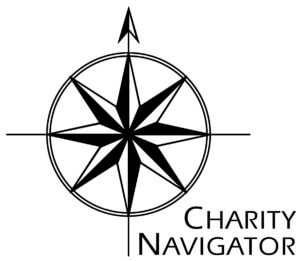Written by our wonderful Grief Support Services volunteer facilitator Charlie, who lost his sister Ann to suicide in 2013
Pictured, the Haffey siblings, from left to right: Celia, Ann, Charlie, Eileen, Joan, and Mary
September 9, 2013 started as an ordinary day. Before the end of the day, my sister had died by suicide. Ann, the second oldest of my five sisters, instantly changed the lives of a wide range of people as she ended hers. While this terrible event was not entirely unexpected, it would be fair to say that it caught all of us close to her by surprise. I went from working on a lesson plan to being crushed, bewildered, totally at a loss as to what I should do or say. I was angry at Ann, but that was coupled with a devastating guilt I felt at being angry with my beloved sister.
Fast forward through a year of therapy, which produced a wonderful outcome. I learned how to start getting over my anger and move on with my grief. My first task became to honor Ann, initially by raising money in her name for charitable causes dear to her heart and then by celebrating her life and legacy, honoring the woman who was a daughter, sister, mother, and wife. Eventually, I found myself in 2015 still looking for assistance, still looking for answers. This was an ongoing unproductive quest; I learned along the way that people who lose loved ones to suicide ask unanswerable questions. I needed support, once again, to become unstuck. That portion of my journey took me to SafePlace meetings run by Samaritans in Boston.
I attended a local meeting, surprised to find how much courage it took for me to attend. That realization was balanced by a great sense of relief that I might be finding a good resource after all that searching. It was a small group: two facilitators (always) and half a dozen fellow participants. We listened to the ground rules, the go around (a very nice icebreaker of an introduction in that everyone present could give their name, the name of their loved one, and when they died) and an opening reflection.
During that meeting, I learned the “Great Truth,” the key to the success of these SafePlace meetings. At one point, I gathered up my courage and said, “When my sister Ann killed herself, I was tormented by anger and guilt.” I never could have said that in a teachers’ room during recess or lunch; I might have offended some, been ignored by others, and absolutely dazed the rest. But here, in SafePlace, the reaction I received from everyone in the room was a very subtle nodding of heads along with a sympathetic look. That is when I understood I was now part of a community, a group where people are powerfully bound by a specific form of grief. I was among fellow sufferers who had been in my position, felt what I felt, suffered as I was suffering. I saw a reference once to “the worst club with the best members.” We are very well described by that name.
Magical moments happen here on a regular basis; it is what makes the SafePlace meetings so unique, so helpful, so special. Jack Jordan, a Jedi Master of the suicide bereavement field, imparted a powerful bit of wisdom during my initial and ongoing facilitator training: “It’s okay to put yourself on trial. Just make it a fair trial.” A participant will convey to the group an issue, a task to complete, or some emotional conflict, like “I should have seen this coming” or “I could have prevented her death if I had done more.” Most attendees at the meeting have dealt with this common emotional trap; I had troubling firsthand experience with the “shoulda, woulda, couldas” myself.
A remarkable part of the meeting happens when another participant responds with something along the lines of, “I felt the same way, but maybe my interactions kept my loved one alive for just a little bit longer. Maybe you had the same impact on your loved one.” I am surprised how many different participants come up with that helpful response. At that moment, the sense of community, of sharing and helping, fills the room. The participant asking for help gets just the type of help they need; not in the form of a lecture, but in the form of compassionate leading by example.
In 2017, after more than 20 hours of excellent training, I became a volunteer facilitator for SafePlace meetings. For a few months, I continued to attend meetings at my initial location as a participant. On the alternate week, I was one of two or three facilitators at another location. Eventually, I tapered off and left the first location and focused on my facilitator roles.
Facilitators have well defined tasks. We keep meetings moving along according to the before-mentioned ground rules, keep people focused on the subject, watch for those who might monopolize the discussion, and make sure everyone has access to airtime. I would say these meetings run themselves a vast majority of the time; participants come to give and receive support from each other. I am still thrilled, in every meeting, to see a table full of participants give an empathetic nod to a participant who is baring their soul. Now that we are running virtual SafePlace meetings, all of the nods appear on a Zoom screen in Brady Bunch format, but they still make my heart joyful.
I returned to therapy from early 2018 through mid-2019, again with another excellent counselor. Therapy comes up as a recurring topic in SafePlace meetings. Some achieve extraordinary gains from it while others find it less helpful or choose not to go at all. This reinforces how we grieve in our own unique way. Peer support seems to be, for some, a very powerful tool in dealing with grief. When asked if they’d ever tried therapy, I once heard a participant respond, “This is my therapy.” Heads nodded all around the table. I loved the response; that should be the slogan for the SafePlace program.
There are times I drive home after a meeting feeling totally drained. Being a participant or facilitator at these meetings can take an enormous amount of emotional energy at times. So why do I co-facilitate these support groups? I learned, from Sheryl Sandberg’s book, Option B, of the concept called post-traumatic growth. During my Samaritans training, I’ve learned of the expression, “Don’t waste your grief.” I wish I had SafePlace training and meetings in my toolbox when I started my grief journey. But now, every time I sit with and support someone who is troubled, even in the smallest way, I make progress on my never-ending grief journey. In doing so, I honor my dear sister Ann.
Find more information on attending SafePlace meetings on our Grief Support Services page.









